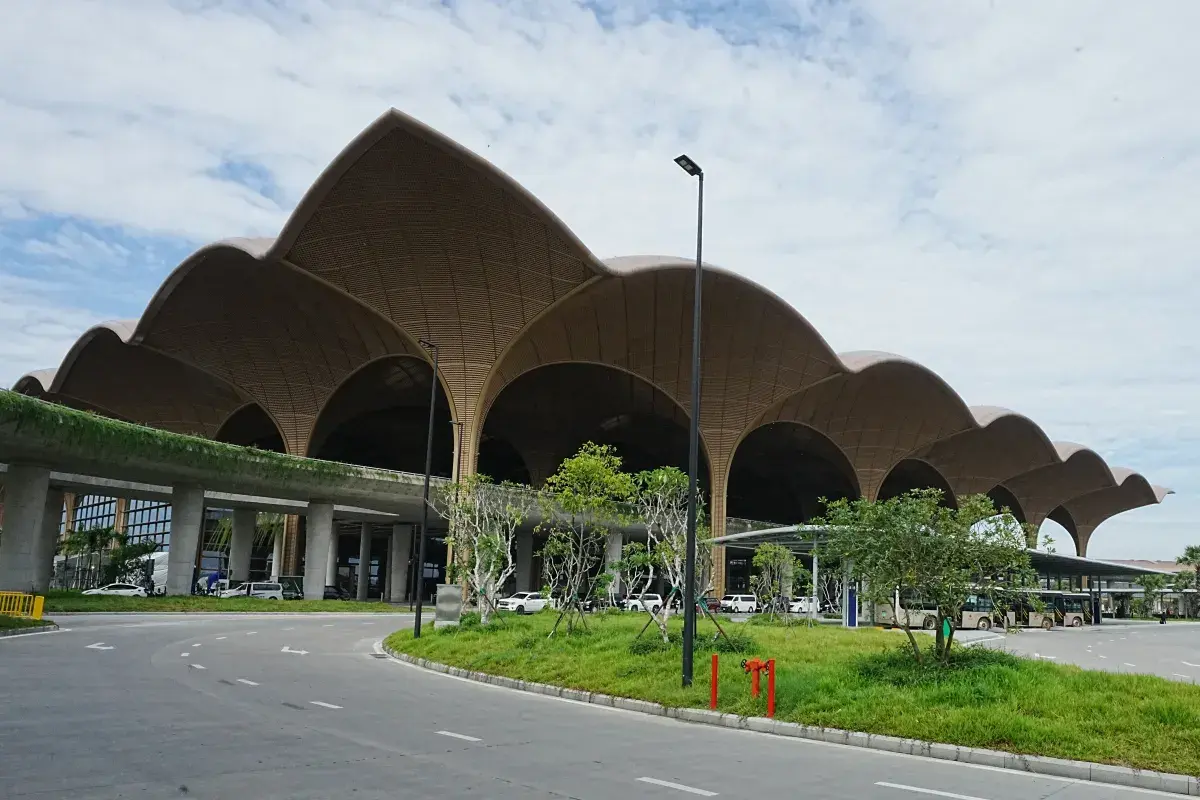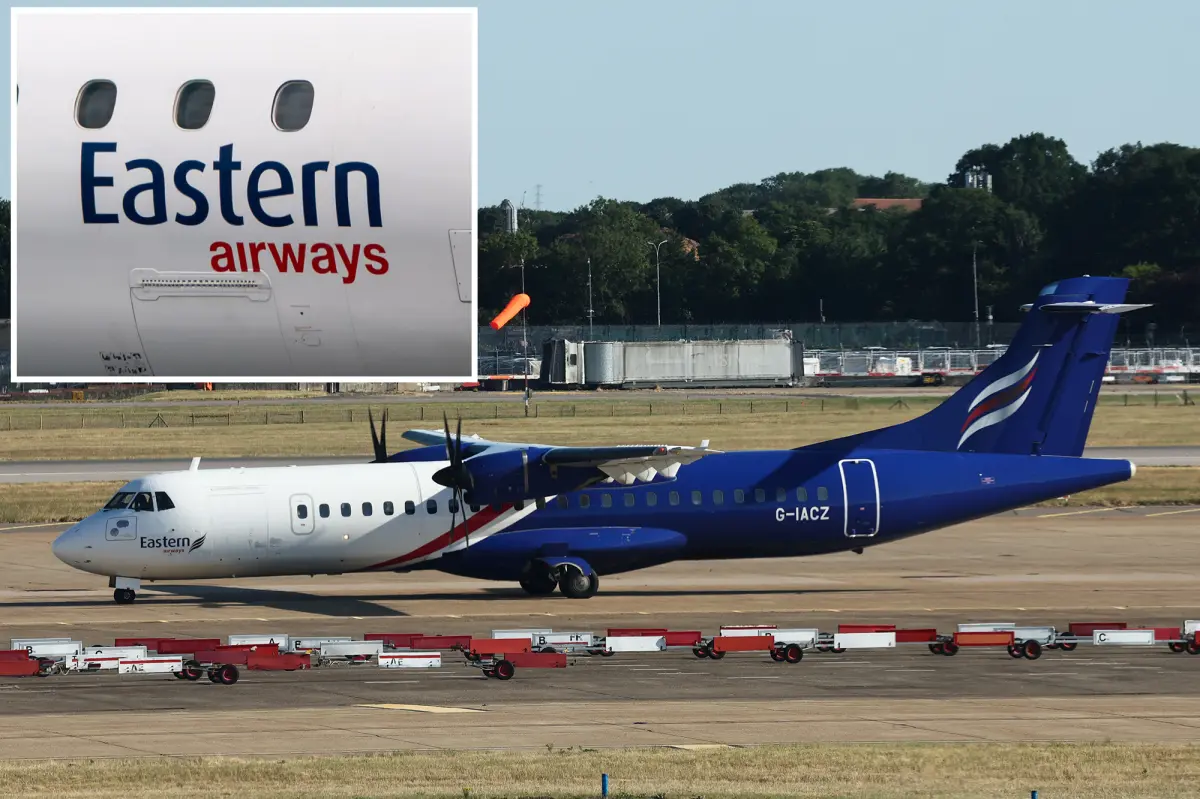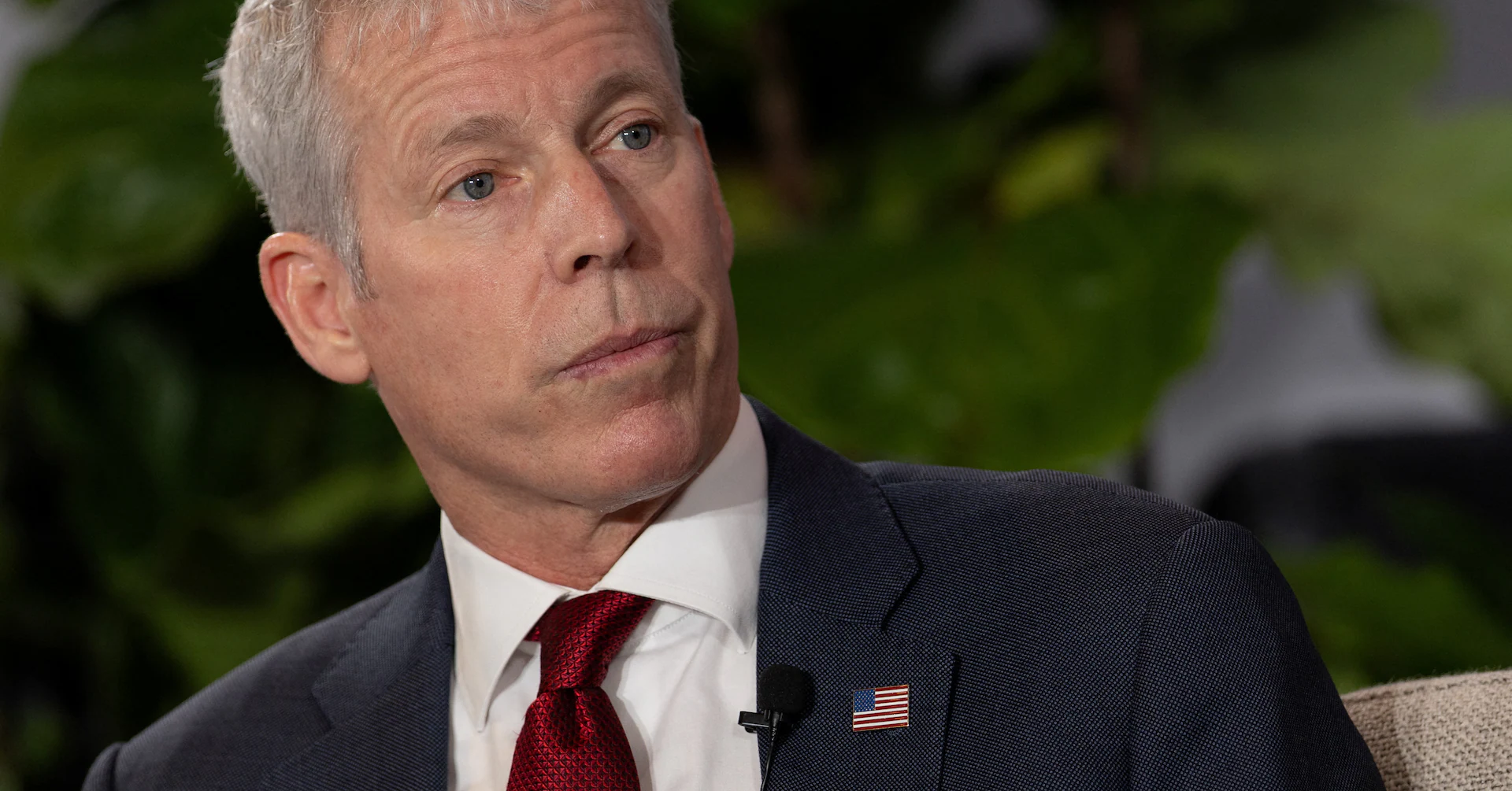Copyright Newsweek

A handshake between U.S. President Donald Trump and the leaders of Thailand and Cambodia marked the signing of the Kuala Lumpur Peace Accords, promising calm in a volatile region and the prospect of economic liftoff for its neighbors. For Cambodia, that hope is embodied in the Techo International Airport (TIA), a gleaming new gateway meant to anchor a tourism revival. Yet as the first planes touch down, the runway to success looks uncertain: Visitor numbers are falling, and the fate of the airport now rests as much on the durability of the peace deal as on passengers. Newsweek has contacted Cambodia's Foreign Ministry for comment. Why It Matters TIA represents Cambodia’s boldest bet yet on tourism-driven growth. The nation’s economic strategy relies heavily on attracting millions of regional visitors, particularly from Thailand—a country with which it has only recently emerged from violent border clashes. The peace accord builds on a fragile ceasefire brokered in July, which ended five days of fierce fighting that left more than 40 people dead and forced at least 300,000 from their homes. The accord Trump helped oversee isn’t just a diplomatic milestone; it is now an economic imperative. For Cambodia, the airport’s success depends on sustained stability. Without it, TIA risks becoming a monument to ambition while the travelers it was built to serve stay away. What To Know When Cambodian Prime Minister Hun Manet inaugurated the new airport in Phnom Penh on October 20, he called it a “driving force in attracting more tourists and investors to Cambodia.” The $2 billion facility, designed by the British firm Foster + Partners and built by the China State Construction Engineering Corporation, has an initial capacity of 15 million passengers, with plans to double by 2030 and reach 50 million by 2050. Thai Tourists In 2024, Cambodia welcomed 6.7 million foreign tourists and had hoped for 7.5 million this year. However, tourism is under pressure, and arrivals totaled 4.05 million in the first eight months of 2025—a 5.6 percent decline from the same period last year. Following July’s cross-border clashes with Thailand, August saw arrivals plunge 38.4 percent year on year. Thai tourists, historically the largest group, fell 28.2 percent. Travel Warning Adding to Cambodia’s tourism headwinds is the sharp warning Seoul issued after a South Korean student was tortured and killed in Cambodia in August. South Korea responded by issuing a "code black" travel advisory for several parts of the country. The incident comes amid wider concerns about fraud and scam operations targeting foreign visitors, reinforcing perceptions of risk and adding another layer of challenge for the newly opened airport. Hopeful Outlook Amid these challenges, the Kuala Lumpur Peace Accords have injected a rare note of stability into Cambodia’s uncertain outlook. “I’m proud to help settle this conflict,” Trump said at the signing ceremony in Malaysia, where he stood alongside the leaders of Thailand, Cambodia and Malaysia beneath a banner that said, “Delivering Peace.” For Phnom Penh, the accord represents more than a diplomatic gesture—it signals an opportunity to rebuild regional trust and revive the flow of trade and tourism that could determine whether the new airport ever achieves its ambitious promise. What People Are Saying Cambodian Prime Minister Hun Manet said at the inauguration ceremony for Techo International Airport: “I’m confident that the TIA will become a catalyst for Cambodia’s economic and tourism growth, helping attract more investors and tourists.” U.S. President Donald Trump said at the signing of the Kuala Lumpur Peace Accords: “On behalf of the United States, I’m proud to help settle this conflict and forge a future for the region.” What Happens Next The combination of declining tourist numbers and increased safety concerns has left TIA facing a challenging start. Its long-term success now depends on restoring confidence among travelers, with hopes that the peace deal with Thailand will stabilize the region and encourage tourists to return—giving Cambodia’s newest aviation hub the lift it was designed to deliver.



